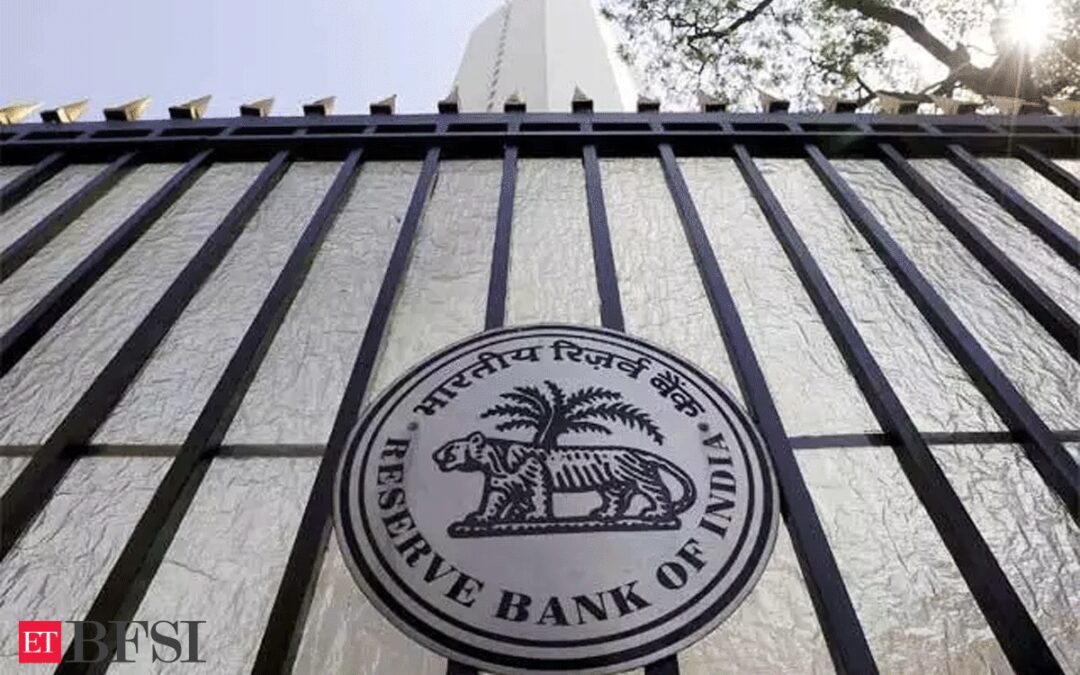The Reserve Bank of India’s repo rate cut under its new leadership—its first reduction in two years—signals a renewed focus on balancing growth, inflation, and risk while optimising economic benefits, according to SBI Ecowrap.
“Today’s monetary policy has the imprint of a tech-savvy bureaucrat batting for fewer rules, more reforms, ushering in a troika of stability, consumer protection, and economic interests… April could see the next rate cut again,” the report said.
The tone and signal of the MPC have been unambiguously clear for the broader market forces while keeping the regulatory scrutiny and sanctity intact as reflected in the statement on developmental and regulatory policies.
The hallmark of the policy statement and the subsequent press brief is a clear communication to the market in terms of defined objectives, it said. Specifically, the policy has underlined the importance of current flexible inflation targeting /FIT in no unambiguous terms. As the policy has clearly communicated a major advantage of FIT is that it combines elements of both “rules” and “discretion” in monetary policy.
“The spirit of such discretionary based regulation is clearly evident with the RBI emphasising that the draft LCR, ECL and the provisioning norms will be delayed. These emphasis by the RBI thus adheres to the spirit of the regulation, but the RBI wants to use all available information in the future to take an appropriate call. We believe that this discretionary based approach is more relevant for emerging economies like India. This also provides sufficient justification for further rate cuts by RBI to spur growth,” it said.
Regulatory changes
The policy statement has several regulatory announcements: Firstly, introduction of forward contracts in G-sec is important for strengthening price and rate trend discovery, apart from SWAPS/FRA mechanisms. The 2023 draft guidelines allows physical settlement of the G-sec along with the cash settlement, also mandating market-makers (SCBs) to undertake covered short positions in bond forwards.
Since predominantly Bond FRA is being undertaken in long bonds (tenure greater than 30 years at present) in market, yields may move downward in the segment, the report said. As it provides additional avenue for market participants (Insurance / pension / MFs) to express their interest rate view, this will further enhance market liquidity. Secondly, access of SEBI registered non-bank brokers to NDS OM platform will be operationally convenient for stockbrokers since at present stockbrokers are required to keep margins in the form of securities or fixed deposits for derivative clearing of clients, SBI Ecowrap said.With access of NDS-OM directly, they can purchase the securities directly from the platform which will get settled into their CSGL account and will be pledged while there is trade-off between securities and higher yielding FDs. Thirdly, uniformity of market and settlement timings in Forex, Equity and Debt markets will aid better liquidity management through comprehensive review of trading and settlement timings across various market segments. Further, scope of t+0 settlement may also be explored in all markets, taking a cue from equity playbook, SBI Ecowrap said.









